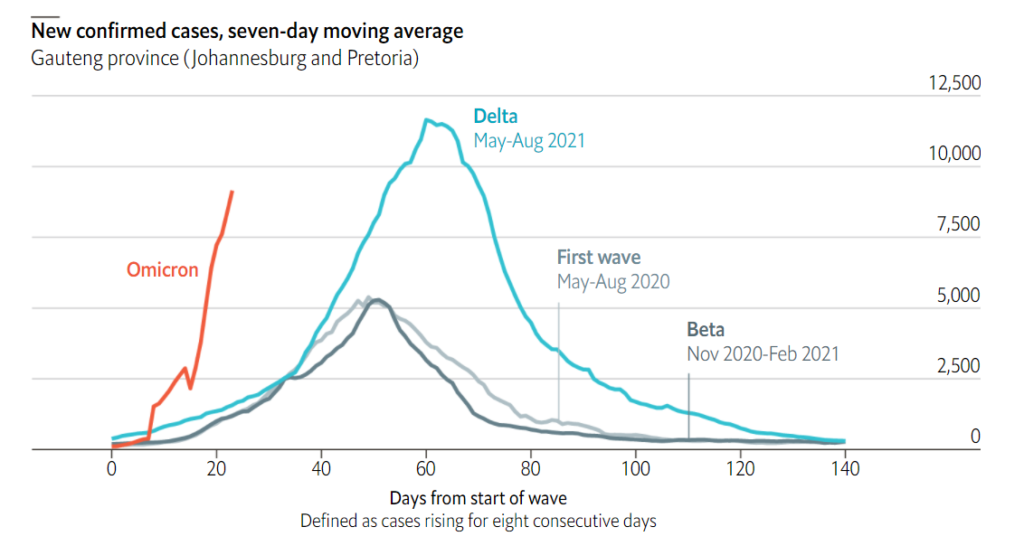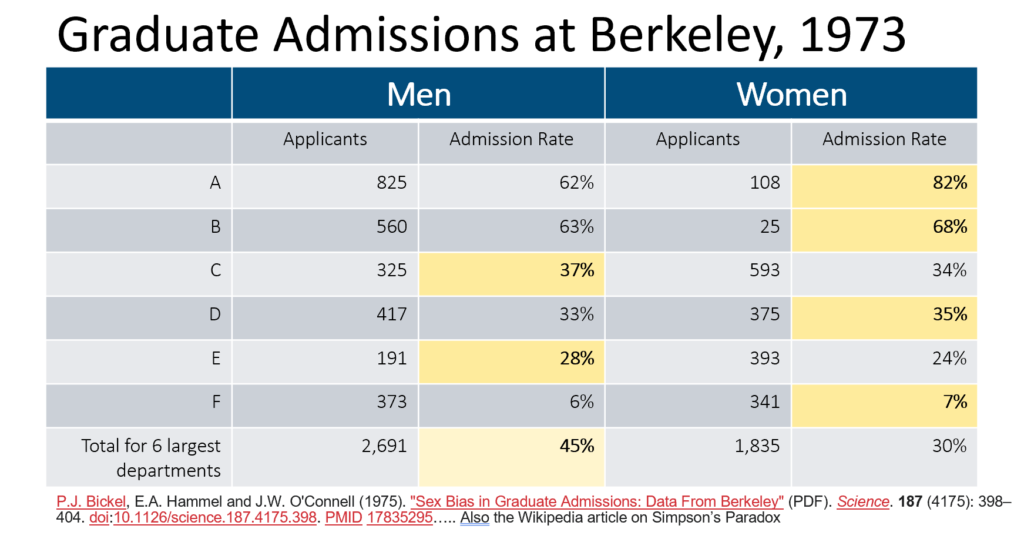Link:https://www.governing.com/finance/do-we-really-need-states-to-be-bankers
Excerpt:
In 1919, the state of North Dakota established its own bank as a public institution. It’s the only one of its kind in the nation, having operated successfully for a full century through the Great Depression and a dozen recessions. Nine other states tried to follow suit in the following decades, only to fail and close their banks’ doors. Founded to provide capital in a farm-centric economy that was underserved by large regional financial institutions that charged double-digit interest rates for ag loans, the Bank of North Dakota has served as an inspiration and touchstone to political populists, anti-bank politicians and easy-money advocates.
…..
Even beyond what we call the “global superabundance of capital,” however, what the advocates and professional literature overlook is the spectacular disruptive growth of “fintech” — financial technology — that is bringing capital to previously underserved communities and businesses. It turns out that the capital markets, big data, artificial intelligence and techno-wizardry are filling in many of the niches that supposedly cry out for public banks. But first, there are two other strategic public policy alternatives of note: “linked deposits” and using pension-fund capital for nonbank lending, or “shadow banking” as it’s termed by its critics.
As a young municipal finance officer, while moonlighting in grad econ classes in the late 1970s, I became enamored of the concept of linked deposits. The idea was that municipalities should invest in time deposits with banks that pledge to make local loans promoting economic development. I’ll never forget speaking on a panel at the state finance officers’ conference and watching the state’s most prominent public funds banker scowl and shake his head in disgust at what struck him as a pie-in-the-sky concept. At the time, that idea went nowhere.
…..
Meanwhile, with interest rates at record low levels, public pension funds have been searching everywhere for ways to get a better return on their fixed-income capital allocations. One of the vehicles that emerged in the past decade has been direct lending through professionally managed portfolios that provide loans to businesses at attractive interest rates.
Author(s): Girard Miller
Publication Date: 7 Dec 2021
Publication Site: Governing




